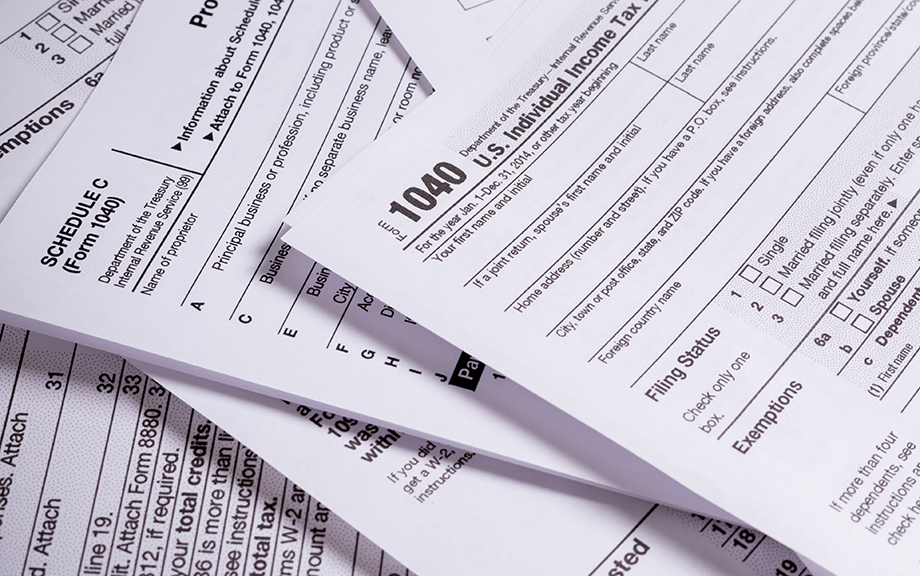
This morning, the Center for Microeconomic Data at the New York Fed released the Quarterly Report on Household Debt and Credit updated through the first quarter of 2025. Over the first quarter, overall household debt rose by $167 billion. An increase of $199 billion in mortgage balances and modest increases in home equity lines of credit (HELOC) and student loans were offset by declines in auto loans and credit card debt of $13 billion and $29 billion, respectively. The decline in credit card balances is a typical seasonal pattern associated with consumers paying down holiday spending from the fourth quarter, but the auto loan decline was atypical, the first such decline since the third quarter of 2020. The rates at which auto loans and credit cards became seriously delinquent improved slightly, while mortgage and HELOC transition rates edged up but remained low. However, the delinquency rate for student loans stands out: it surged from below 1 percent to nearly 8 percent, as the pause on reporting delinquent federal student loans ended. In this post, we focus on student loan delinquency, including which borrowers are past due and what it might mean for their access to credit.



















 RSS Feed
RSS Feed Follow Liberty Street Economics
Follow Liberty Street Economics